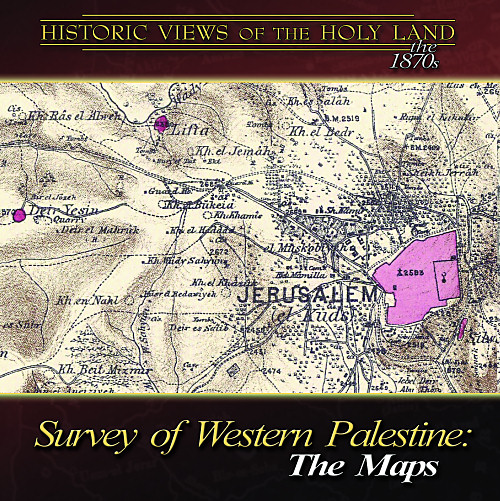The IAA has launched version 2.0 of the Leon Levy Dead Sea Scrolls Digital Library. The upgraded version includes 10,000 new images.
This looks like a valuable resource: Syria Photo Guide—A Comprehensive Guide to the Cultural and Historical Sites of Syria.
Excavations in Jerusalem’s Liberty Bell Park uncovered a quarry, a winepress (2nd c. AD), and a storage cave (1st c. BC).
An ‘Antilla’ well from the Byzantine period has been discovered in Tel Aviv.
The Assyrians: Masters of War, a 25-minute episode from the Discovery Channel is online.
The Ancient Near East Today has begun its second year of monthly e-newsletters. If you haven’t signed up already, you can do so here.
The update volume for The New Encyclopedia of Archaeological Excavations in the Holy Land is on sale for $90. That’s the cheapest I’ve seen it. Until Feb 11. (Amazon: $130.)
Today is International Septuagint Day.
HT: Seth Rodriquez, Jack Sasson
Image taken from the Leon Levy Dead Sea Scrolls Digital Library


 s, by Amos Kloner and Shimon Gibson
s, by Amos Kloner and Shimon Gibson